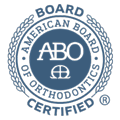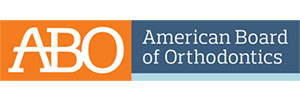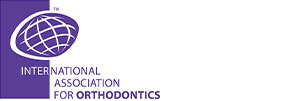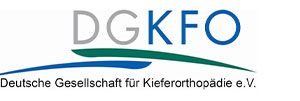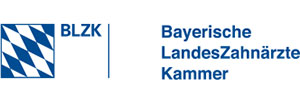The MSE appliance was developed by Prof. Dr. Won Moon and the abbreviation stands for Maxillary Skeletal Expander / Midfacial Skeletal Expander. This is a unique type of micro-implant assisted rapid palatal expander that is used for non-surgical skeletal expansion of the upper jaw in teenagers and adults. It does bring many benefits over the traditional expanders:
- Non-surgical expansion in adults of all ages
- Beneficial effects on nasal breathing
- Can help in cases of airway restrictions
- Allows the treatment of many complex cases without surgery
- Can reduce the severity of obstructive sleep apnea in many cases
What is a narrow airway and why should I care about it?
The human airway consists of three major sections: the nasal cavity, the throat and the lower airways.
While the lower one is well protected by the tissues, the upper two are directly influenced by upper jaw size, facial development and the position of the jaw and tongue.
If the upper airway is too narrow or the tissue is very loose, it can lead to obstructive sleep apnea.
This means that the upper airway gets obstructed during sleep and your body is not able to breath.
Depending on the length of this breathing interruption, your body does get stressed during the night and your sleep can get fragmented with low oxygen levels in blood.
Usually that causes you to wake up in the morning feeling still tired and in severe cases even more tired than the evening before.
In the long run this can lead to hypertension, heart disease and mood as well as memory problems.

What is the cause of obstructive sleep apnea or a narrow upper jaw?
There are many factors contributing to a normal facial development between the ages of 4 to 14 years. The most important factors are an adequate breathing through the nose, a correct position of the tongue in the palate, swallowing properly and avoiding any inadequate oral habits like thumb sucking. If there are any problems with one of the functions, the upper jaw is likely to under develop and result in a narrow nasal cavity, crossbites and breathing problems.
This insufficient development is often missed as it happens slowly over time. Once you are fully grown, other factors such as overweight, alcoholism, genetics, a narrow upper airway, large tonsils or uvula, and a small lower jaw with a recessed chin can lead to obstructive sleep apnea.
At relaxsmile® we pay special attention to the signs of a constricted upper jaw and airway and help to develop them in children as well as in adults. While functional changes are often enough to solve the problem in children, adults need additional development with MSE. This appliance allows to widen the upper jaw and increases the size of the nasal cavity, allowing air to flow more easily.
Signs there may be an airway issue:
- Poor sleep or sleep apnea
- Attention problems and unease (ADHD)
- Trouble breathing through the nose
- Dark circles around your eyes
- Severe snoring
- Frequently falling asleep during the day (e.g. when driving)
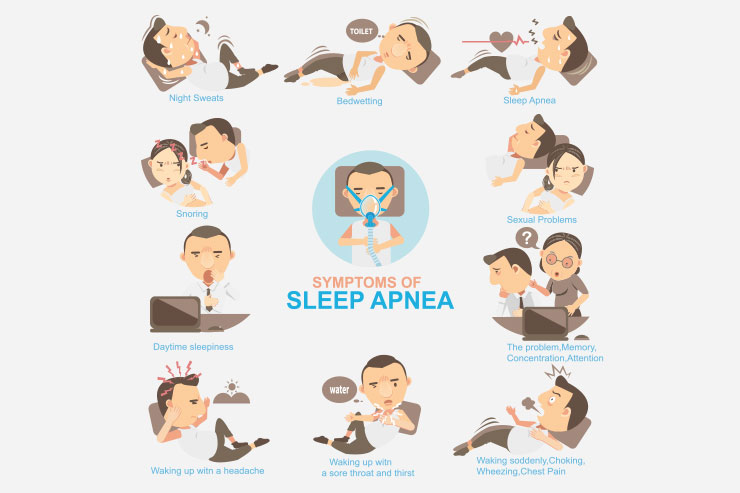
What does the MSE look like?
The Maxillary Skeletal Expander consists of a body with a jack-screw, arms to the molar teeth to guide the position during insertion and to stabilize the appliance during the expansion. It is positioned close to the palate and four micro-implants connect the MSE to the bone of the maxilla and allow for an effective force transmission.
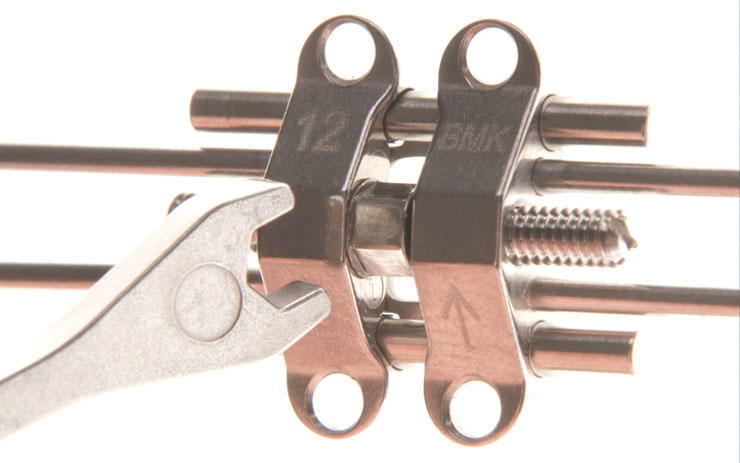
When is a MSE appliance indicated? Do I need a MSE?
The Maxillary Skeletal Expander allows to widen the upper jaw. In contrary to many other expansion appliances it results in a true skeletal expansion and no dental tipping. Very obvious signs for a narrow maxilla are crossbites on one or on both sides. However, sometimes there is no crossbite but teeth tend to tip to compensate for the skeletal discrepancy resulting in a severe Curve of Wilson. Besides that, one can see that the gum tissue at the area of the first molar is more narrow than the lower jaw.
Once the MSE expansion has taken place, the teeth can be decompensated and positioned well within the alveolar bone.

Additionally, recent studies show, that MSE expansion can help to widen the nasal cavity and improve nasal breathing or reduce the severity of obstructive sleep apnea. These effects of improved breathing though depend on many different factors and need to be evaluated individually. Feel free to ask us about more details.
How do you know where to place the MSE?
Excellent planning is very important in Maxillary Skeletal Expansion treatment.
Therefore we use latest technology and it requires to have a 3D-intraoral scan and a 3D-xray (CBCT scan).
MSE and micro-implant position is then planned in a software, to exactly determine the ideal areas of bone, consider the soft tissue and possible nerves and other structures.
A special model is then 3D printed and allows for precise manufacturing of the MSE in the ideal position to ensure a parallel expansion of the maxilla and to maximize airway effects.
In most cases this position is far backwards on the palate and additional micro-implant can be added to increase the success rate when indicated.
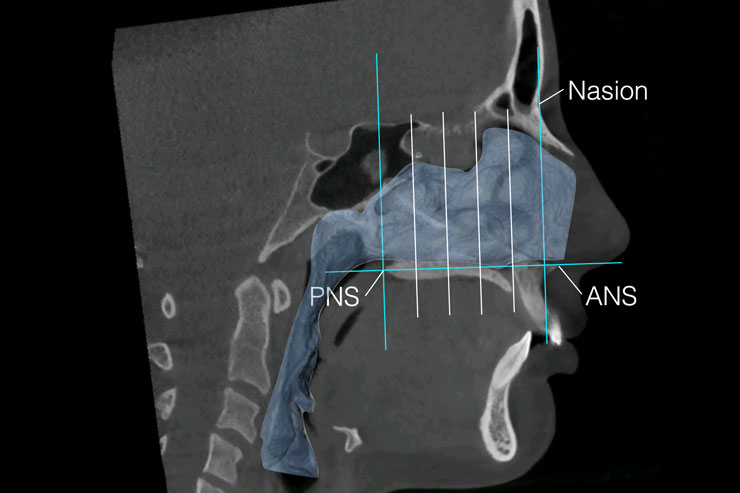
What exactly is cortipuncture?
Cortipuncture is a technique developed by Dr. Won Moon which weakens the midapaltal suture. Small perforations of the suture reduce the mechanical resistance to the expansion and upregulate the cell activity making the suture more susceptible to the expansion. We do offer this to all our MSE patients.
Does MSE help with obstructive sleep apnea (OSA)?
Obstructive sleep apnea is a multifactorial disease and many times there is no single solution. Many patients though have a narrow upper jaw with a narrow nasal cavity. This can lead to a lot of airway resistance when breathing and can affect the soft tissues in the throat. In those cases, where the upper jaw is very narrow MSE has shown to decrease the severity of obstructive sleep apnea significantly. However, a thorough analysis of your individual case is necessary to determine if the MSE can help you.

What does the expansion feel like?
After the MSE has been placed your gum can be a bit sensitive for the first day.
Afterwards you get accustomed to the appliance and whenever you activate it, you do feel pressure throughout the midface for about 5 minutes which then subsides.
However, everyone has different facial structures and the experience might vary.
The Maxillary Skeletal Expander is a very robust appliance and you can eat everything normally after the MSE placement.
We only recommend to cut your food, to avoid it from getting caught in the MSE arms.
What do you do, if the bone is stronger than the MSE?
Some people have very strong facial bone and the MSE might not be able to achieve expansion by itself. If we notice, that the first MSE was not able to achieve a maxillary split we do work with our facial-maxillary surgeon (click here) to assist the second MSE. She implements the cuts of the EASE technique, developed by Dr. Kasey Li, which is minimally invasive and only weakens the areas of resistance still allowing for the MSE-expansion effect on the nasal cavity with all the benefits for breathing.
How many appointments do I need?
Maxillary Skeletal Expansion, if planned digitally and precisely, is a well-controlled technique and can be monitored virtually. Therefore the expansion can be usually achieved with two to three appointments. The whole expansion only takes 6 – 12 weeks and weekly, virtual check-ups are performed throughout the treatment.
What happens after the Maxillary Skeletal-Expander expansion?
MSE expansion does change the basis of your upper jaw to bring all the benefits, like improved nasal airway size and intraoral volume. Hence your bite will not fit anymore after the expansion and you will mostly have only contact on your back teeth. We therefore start the orthodontic treatment with Invisalign aligners right after the expansion and it can take up to 6 month for the bite to settle again. After the expansion the MSE body will stay for 6 month in place, while we can normally already remove the MSE-arms.
The orthodontic treatment then takes about 18 – 24 month and as we love digital technology we tailored all of the treatment to make it as comfortable for you as possible. With weekly virtual check-ups through the Dental Monitoring app we can monitor your treatment precisely and stay in touch on a frequent basis. We keep a close eye on your progress and assist you any time you might have questions regarding the treatment. After each full set of aligners, about every 9 month, there will be an in-office visit necessary to rescan, update the data and adjust the aligners or to deliver your retainers. So overall the whole treatment might take you only 5 to 8 visits in our office.

Is it possible to do a Counter-Clockwise-Rotation (CCW) of the mandible to increase posterior airway?
Orthodontic treatment with aligners can change the occlusal plane and allow for a rotation of the lower jaw. With a CCW rotation the lower jaw rotates forward and upward while the tongue is being brought forward. This can help to improve the posterior airway. However, there needs to be a certain skeletal pattern of the upper and lower jaw to allow for this movement to be effective.
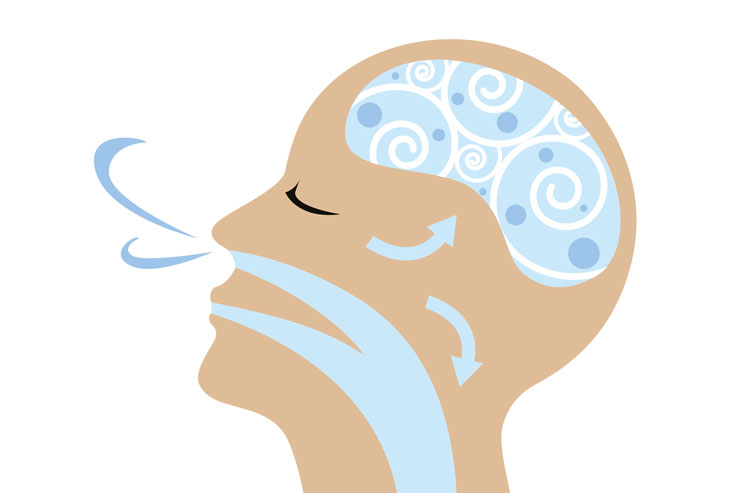
Can I do MMA (maxillo-mandibular-advancement) surgery after the Maxillary Skeletal Expansion?
If you do have obstructive sleep apnea (OSA) the MSE can many times improve your situation and help to get good sleep. Sometimes though, the expansion of the nasal cavity by itself is not sufficient to fully resolve OSA. In these cases we would start with the orthodontic treatment and prepare you for MMA surgery. This surgery can be performed with our surgeon here in Munich (click here). After the surgery there will be some orthodontic detailing of your occlusion before finishing the overall treatment.

